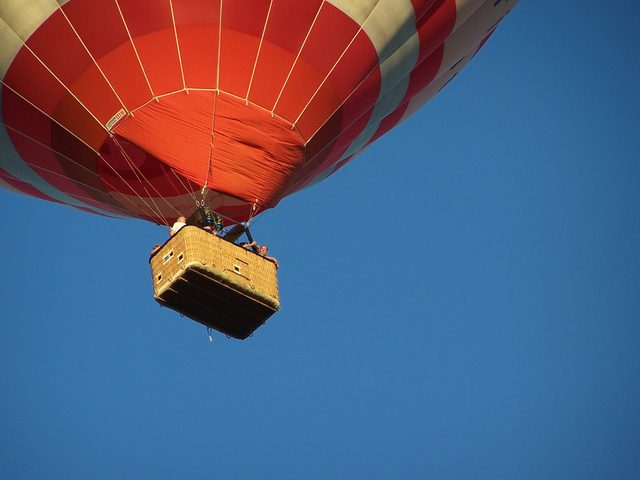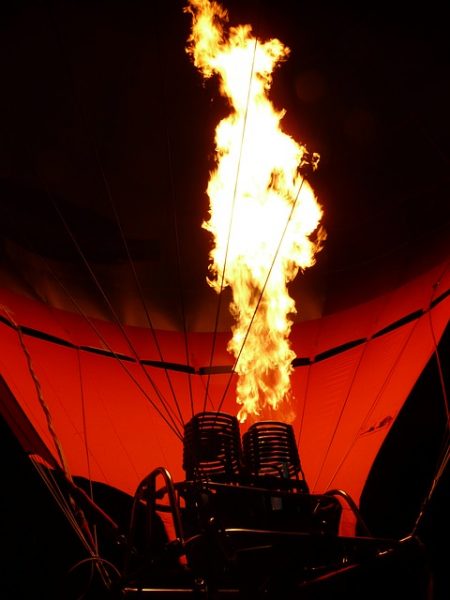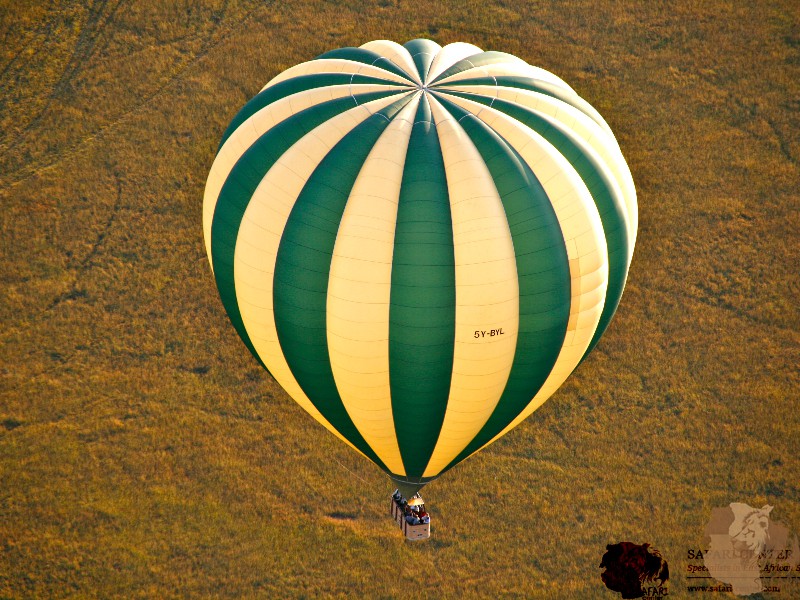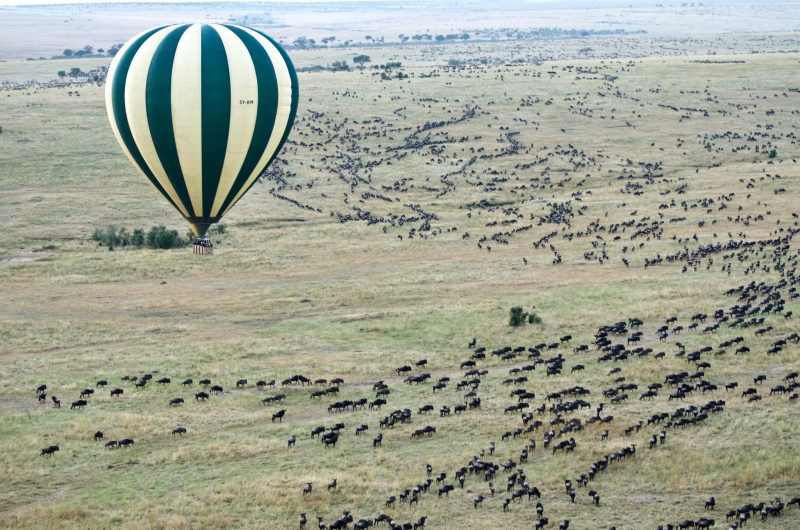Components
A basket, a burner and an envelope make up a hot-air balloon. People have been using these same three components for hot-air balloon ever since its invention in the 18th century. Although the sophistication level is higher now, it is still composed of just those three things. The only difference is that advanced technology has enabled it to fly higher, faster and safer.
1) Basket

3 Components Of An Hot-air Balloon
Exploring the workings of hot-air balloon starts with examining the fascinating evolution of its basket. It is the lowest part of the balloon and is suspended beneath the burner. It carries the propane gas tank, the pilot, the passengers and other vital instruments.
2) Burner

3 Components Of An Hot-air Balloon
The pilot uses temperature to ascend and descend as well as to control the vessel’s motion once aloft. And burner is the tool that he or she uses to control temperature. It is the unit that produces and propels hot air into the envelope. That is why burner is the engine of the balloon.
3) Envelope
 Two most important components of balloon envelope are its fabric and vents. Envelope volume goes by the cube of its diameter and the area by its square. Envelopes range in size from 77,000 to 600,000 c. ft. It can expect to last 350 flying hours. The mechanism by which envelope operates is rather complex
Two most important components of balloon envelope are its fabric and vents. Envelope volume goes by the cube of its diameter and the area by its square. Envelopes range in size from 77,000 to 600,000 c. ft. It can expect to last 350 flying hours. The mechanism by which envelope operates is rather complex
To receive a colourful digibook about hot-air balloon with videos, images and text, please fill out the following form or simply email us on safaris@safari-center.com





